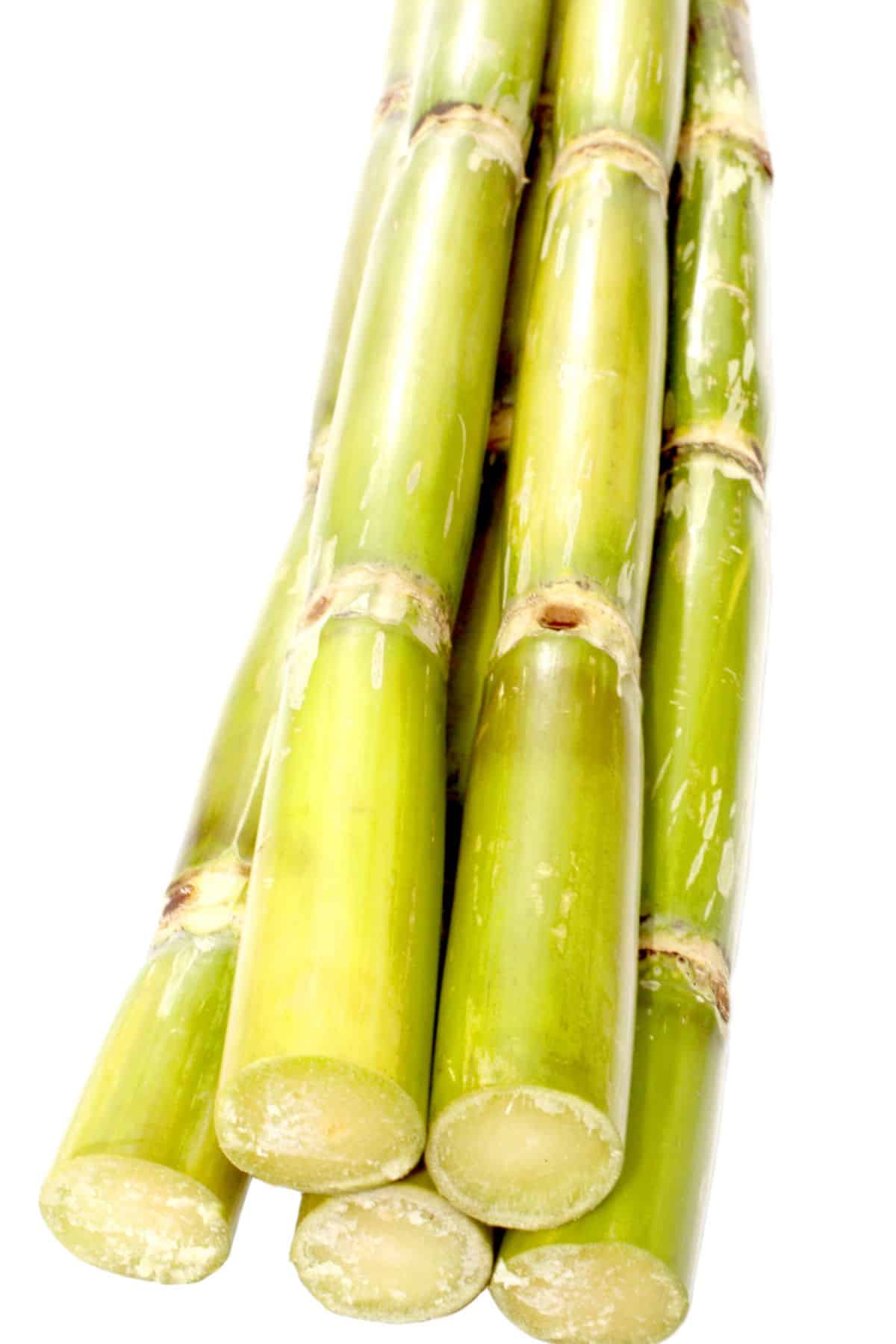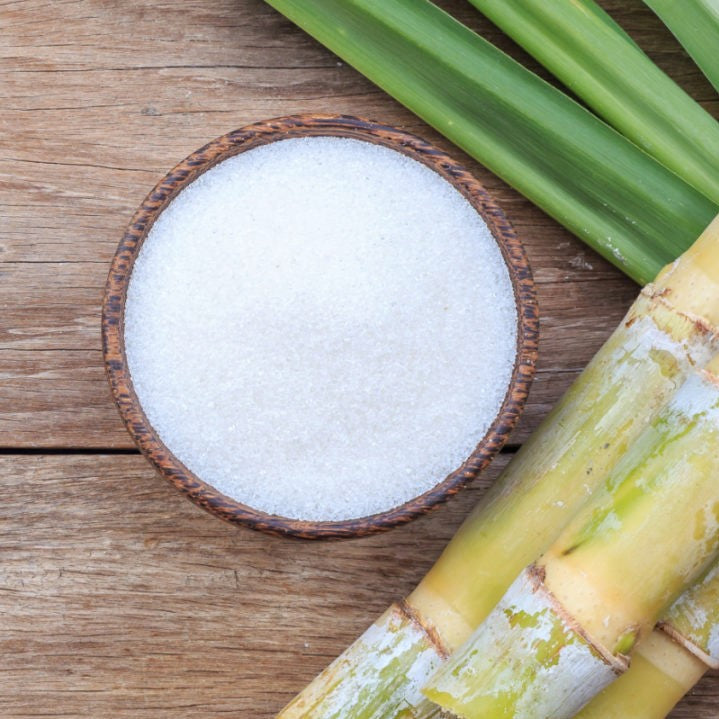Recognizing Cane Sugar Processing: A Comprehensive Introduction of the Stages
Wiki Article
An In-Depth Guide to the Environmental Impact and Sustainability Practices in Cane Sugar Processing
The ecological impact of walking stick sugar processing offers a complex variety of difficulties that warrant careful evaluation. From soil degradation and too much water use to the carbon impact connected with growing and manufacturing, the consequences of standard practices are far-reaching. In contrast, the fostering of innovative sustainability procedures supplies a path towards extra accountable manufacturing methods. Understanding the interaction in between these issues is important for stakeholders in the industry. What specific practices can be executed to strike a balance between performance and environmental stewardship? The answers depend on a more detailed consider both the difficulties and prospective services.Introduction of Walking Stick Sugar Handling
Cane sugar handling includes a series of methodical steps that transform sugarcane right into refined sugar. Initially, gathered sugarcane is moved to processing centers, where it undergoes cleaning up to eliminate dirt and debris. Following this, the cane is squashed to remove juice, which is after that made clear by eliminating pollutants via home heating and the addition of lime.The made clear juice undergoes dissipation, where water is eliminated to concentrate the sugar material. This focused syrup is after that taken shape via cooling, allowing sugar crystals to create. These crystals are separated from the remaining syrup utilizing centrifugation, leading to raw sugar. To accomplish polished sugar, the raw item goes through additional purification processes, which may consist of cleaning and filtering system to eliminate staying pollutants and shade.
The end product is then dried out and packaged for circulation. Throughout this whole procedure, keeping effectiveness and quality assurance is necessary to guarantee the sugar fulfills industry requirements. Each action in cane sugar processing not only adds to the end product however additionally has effects for resource usage and waste generation, setting the phase for conversations on sustainability and environmental impacts connected with sugar production.
Environmental Difficulties of Production
The manufacturing of cane sugar offers several significant environmental difficulties that warrant attention. One main concern is the substantial use of agrochemicals, consisting of pesticides and fertilizers, which can cause soil destruction, biodiversity loss, and contamination of local water resources. The overflow from sugarcane fields commonly lugs these chemicals right into nearby ecological communities, interrupting aquatic life and affecting the health and wellness of communities reliant on these water bodies.One more obstacle is the high energy consumption related to sugarcane handling. The boiling and refining phases need considerable warm, mainly produced by burning nonrenewable fuel sources, adding to greenhouse gas discharges. In addition, the extensive land location needed for sugarcane farming can bring about logging and habitat devastation, more intensifying climate adjustment and harmful wild animals.
Furthermore, the labor techniques in some regions increase honest issues, as workers may deal with bad working problems and insufficient wages. This circumstance usually continues a cycle of hardship in local communities. Cane Sugar Processing. Resolving these environmental difficulties is important for developing a lot more lasting practices in walking cane sugar manufacturing, ultimately profiting both the atmosphere and the areas involved in this industry
Water and Land Usage Impact
Water resources and land application are critical elements in the walking stick sugar market that dramatically affect the setting. The growing of sugarcane needs substantial water input, with price quotes suggesting that it can consume up to 2,000 liters of water per kilo of sugar generated. This intensive use of water commonly results in exhaustion of local water sources, influencing not only the sugarcane vineyards yet also surrounding ecological communities and areas that depend on the exact same water resources for farming and domestic usage.
Furthermore, land usage for sugarcane cultivation can cause logging and the conversion of all-natural habitats into monoculture vineyards. This method reduces biodiversity, interrupts local communities, and adds to dirt degradation. The growth of sugarcane areas frequently intrudes on beneficial farming land, creating competitors for resources between food and biofuel production.
Sustainable practices, such as enhancing irrigation methods and applying crop turning, are important to minimize these effects. By taking on extra efficient water usage and land management strategies, the cane sugar sector can reduce its environmental footprint, guaranteeing an equilibrium in between farming productivity and ecological preservation.
Greenhouse Gas Emissions
Greenhouse gas exhausts stand for a considerable ecological problem within the walking stick sugar processing sector, especially as agricultural methods increase to fulfill international demand. The farming of sugarcane, a plant that flourishes in tropical read climates, relies heavily on artificial fertilizers and chemicals, which add to laughing gas emissions. Furthermore, land-use adjustments, including logging for brand-new sugarcane plantations, launch carbon dioxide stored in plants and soil.Throughout processing, energy usage is an additional significant source of greenhouse gas exhausts - Cane Sugar Processing. Numerous sugar mills utilize nonrenewable fuel sources to power machinery and create warmth, resulting in considerable carbon footprints. In addition, the transport of raw sugarcane and completed items includes layers of discharges through fuel combustion in vehicles
This entails reviewing present farming techniques, refining techniques, and transport systems to recognize areas for improvement and reduction. Dealing with greenhouse gas discharges is necessary for cultivating a much more lasting cane sugar market in a changing climate.

Lasting Practices and Innovations
Lasting practices and advancements are increasingly important in the walking cane sugar processing market as stakeholders seek to lower ecological impacts while preserving productivity. One significant advancement is the execution of incorporated crop monitoring, which optimizes source use by combining soil administration, insect control, and crop rotation strategies. This strategy enhances yield while lessening chemical inputs and protecting dirt health.In addition, the adoption of eco-friendly energy sources, such as biomass from sugarcane residues, has gained grip - Cane Sugar Processing. By transforming waste products right into power, refining facilities can reduce their reliance on fossil fuels, therefore decreasing greenhouse gas exhausts
Water management techniques have likewise seen renovations with the recycling and reusing of water in handling plants, significantly lowering freshwater intake. Advancements in technology, such as accuracy farming, allow farmers to monitor plant wellness and resource usage much more successfully, making sure lasting farming techniques.
Additionally, certification programs like Fair Profession and Rain forest Partnership encourage environmentally responsible farming techniques and promote social equity within the supply chain. By accepting these lasting methods and advancements, the cane sugar handling industry can boost its strength and add positively to environmental stewardship.
Verdict
The ecological influence of walking stick sugar processing provides significant challenges, consisting of soil degradation, high water consumption, and greenhouse gas emissions, along with honest concerns connected to labor methods. Dealing with these concerns via sustainable techniques, such as integrated plant monitoring, eco-friendly power fostering, and water recycling, is crucial. By promoting socially fair and ecologically accountable index techniques in sugar manufacturing, the industry can alleviate its adverse results, making sure a much more sustainable Related Site future for both environments and communities entailed in this industry.Cane sugar handling involves a series of systematic steps that change sugarcane right into refined sugar. Each step in walking stick sugar processing not only adds to the final item but also has effects for source use and waste generation, establishing the phase for discussions on sustainability and environmental influences connected with sugar production.
Greenhouse gas emissions stand for a considerable ecological issue within the walking cane sugar processing market, especially as farming methods expand to fulfill worldwide demand.Lasting methods and advancements are progressively important in the cane sugar processing sector as stakeholders seek to minimize environmental influences while keeping productivity.The environmental effect of walking cane sugar processing offers considerable obstacles, including soil destruction, high water consumption, and greenhouse gas emissions, alongside ethical problems related to labor practices.
Report this wiki page